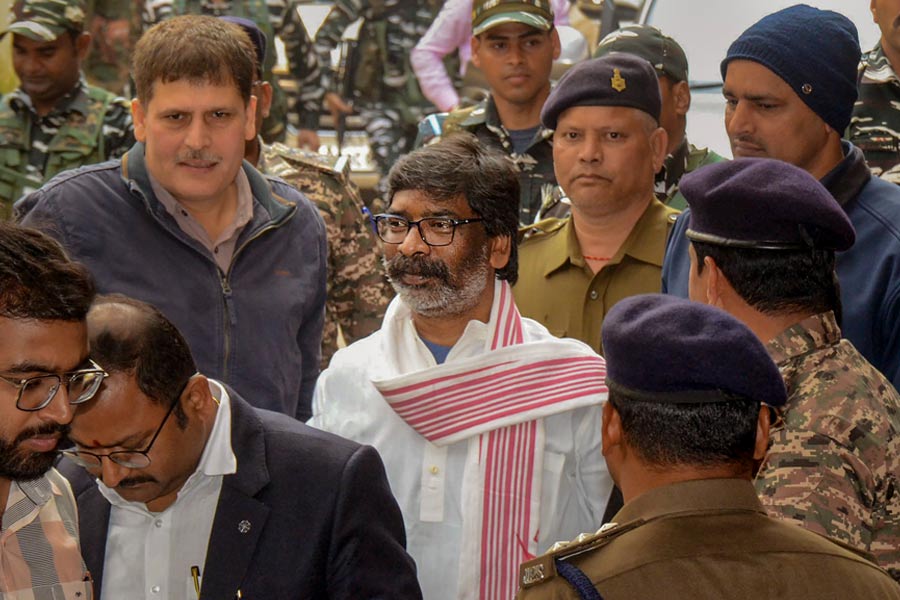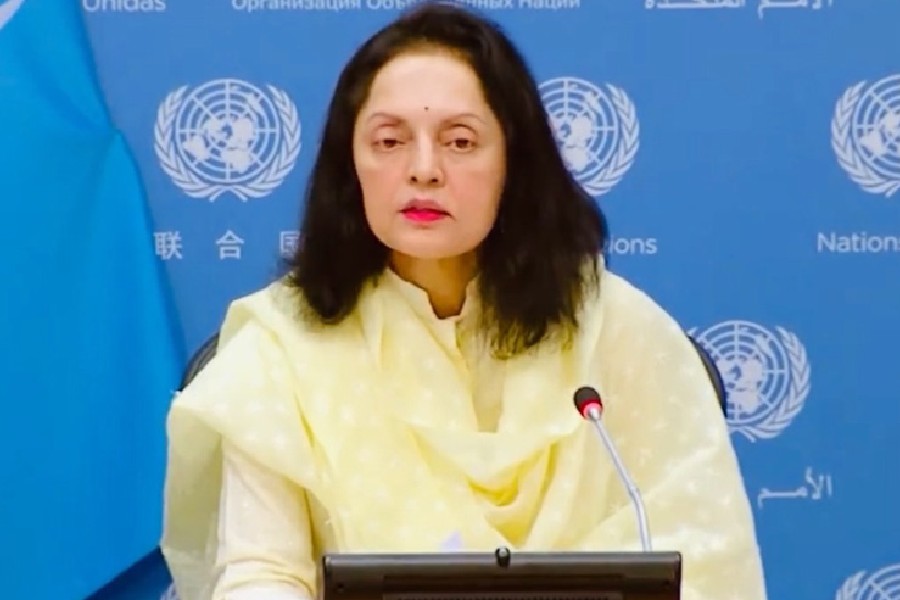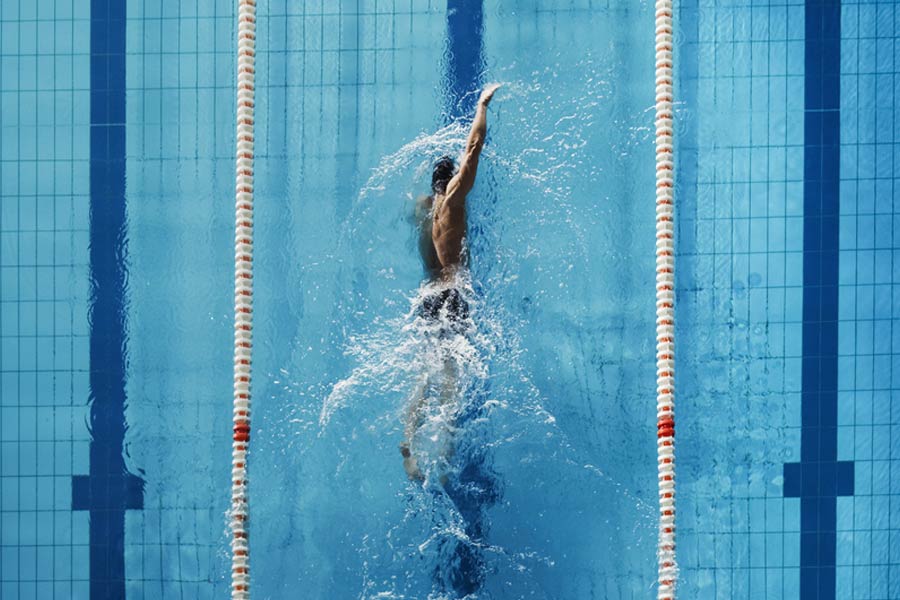It is impossible not to be impressed by the creativity and innovative spirit of the traditional craftsmen who participated in the exhibition, Spirit of India (December 7-16, 2019), conceptualized by Ina Puri at the Harrington Street Arts Centre. Not only have they kept ancient Indian traditions alive through their unparalleled skill, but even when they paint Hindu gods and goddesses, the stamp of individuality is never missing. God is literally in the details of Pranab Das’s patachitras from Odisha of various deities. One needs a magnifying glass to discover the many stories he tells in the ornamentation of each image. The decorative elements become an inherent part of his compositions.
Be it Kalyan Joshi’s phad, Sudheer’s kalamkari or Sanjay Chitara’s Maata Ni Pachhedi, which, as the name suggests, are cloths used as backdrops in Durga temples, the effort to rejuvenate age-old compositions and figures by tweaking them a bit is quite evident. The mother goddess is on three different mounts — a cockerel, a bull and a lion. Forms, colours and lines are in perfect harmony. Here, too, the intricate workmanship is mind-boggling.
In contrast with the sophistication of these works, Amrita Kumar’s Madhubani paintings and Anil Vangad’s Warli, painted with a portion of cow dung among other ingredients, are the very soul of simplicity. Amrita is the only woman participant and her works are predictably homely. They remind us of alpana in the huts of rural Bengal.
In Sudheer’s kalamkari, the floral motif is the mainstay of the entire composition. Suresh Baghmare is a Dokra craftsman, and his tribal figures speak eloquently of his mastery of the medium. He breaks out of his mould in his huge form of the frog and its spawn, the little ones ensconced on the back and around the self-assured mother. With this composition, Baghmare deviates from tradition and becomes a sculptor in his own right. By contrast, the ceramics of the sculptor, Shailesh Pandit, imitating “sacred” forms are rather clumsy, although the blue glaze is beautiful. Anwar Chitrakar’s Kalighat style pats are just that. No more, no less. Venkat Raman Singh Shyam’s experiments with Gond art lack conviction.










